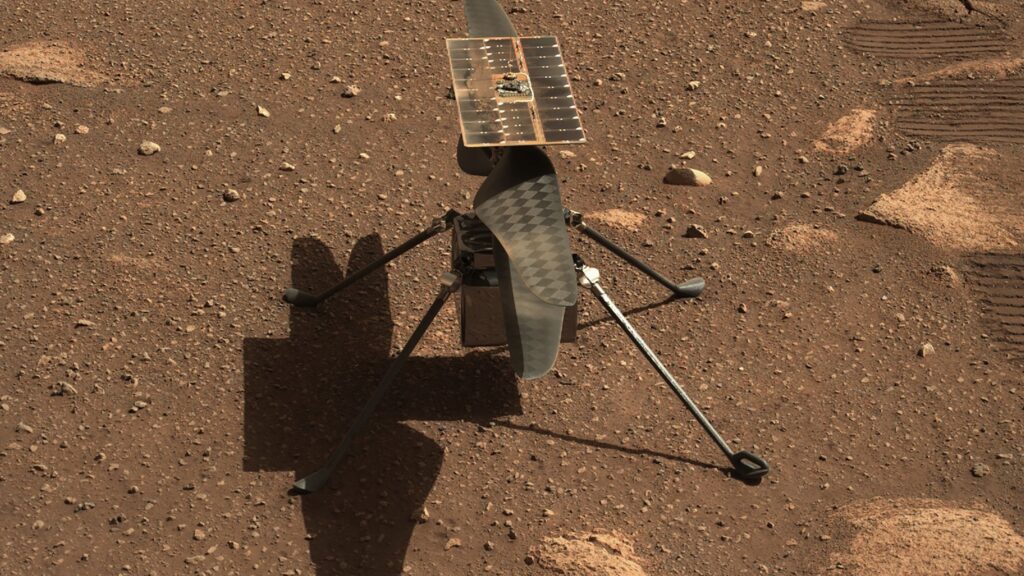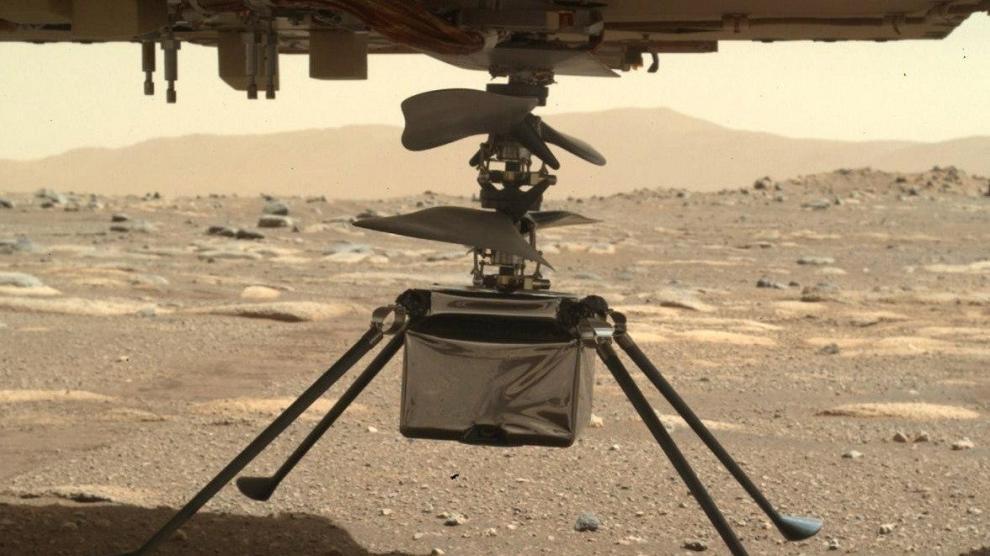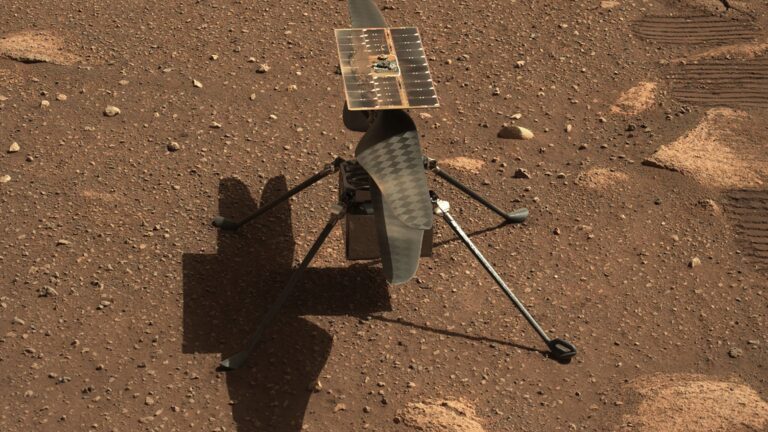NASA’s Ingenuity helicopter defies expectations, completing its 50th flight on Mars and paving the way for aerial exploration on the red planet.
The small yet powerful Ingenuity helicopter has achieved what was once deemed impossible, as it celebrated its 50th successful flight on Mars. Originally designed as a technology demonstration, Ingenuity has quickly become a game-changer for NASA’s future Mars missions.
Ingenuity hitched a ride to Mars on the Perseverance rover, engineered primarily with commercial off-the-shelf components like the Snapdragon 801 smartphone processor. It was uncertain how long the helicopter would last on Mars due to the harsh conditions and the absence of customary spaceflight hardware. However, Ingenuity has proven its resilience, overcoming the Martian winter and continuing to thrive during the Martian spring.
The historic 50th flight occurred on April 13th, the 763rd Martian day (sol). Ingenuity took off from Airfield Lamda, covering 322.2 meters (1,057.09 feet) in 145.7 seconds before landing at Airfield Mu. The naming system for airfields switched from letters to Greek alphabet as Ingenuity continued to soar beyond expectations. This achievement highlights the robustness of Ingenuity’s design and its potential for future Mars exploration. Teddy Tzanetos, who leads the Ingenuity team at JPL, expressed their amazement at the helicopter’s performance.
Despite its lightweight build, Ingenuity remains in excellent condition. Its solar panels, rotors, and batteries are all functioning like new. The helicopter relies on Perseverance for interplanetary communication, as it is equipped with low-power communication devices. The rover has been busy climbing the ancient river delta in Jezero Crater, with Ingenuity following along, completing 11 takeoffs and landings on the challenging terrain.
NASA has recently made progress on plans for a mission to collect rock samples from Mars. Perseverance has been leaving sample caches on the surface, and the original plan was to send a small rover to retrieve them. However, the success of Ingenuity has inspired NASA to revise the plan, opting to send two Ingenuity-like helicopters for the task instead. This milestone marks a new era for Mars exploration and the future of aerial robotics in space.






